Truffles are underground mushrooms that have no stem and root. They grow in symbiosis in the roots of so-called mycorrhizal trees. Truffles are of the Ascomycetes class, a race, which includes about 30 species. This is a very good example of fruitful symbiosis between mushroom hyphae and roots of various woody plants. Fruiting bodies are partially or even entirely located in the soil, their form is irrgular and skin - rougher.
Annually in the world approximately 150 tons of truffles are grown, but one hundred years ago, only France had grown an astounding 1 500 tons per year. Declining yields of these are causing the price to rise, making truffles one of the most expensive foods in the world. They are more precious than gold, a symbol of luxury and affluence. At a charity auction in London in 2006, is a truffle weighing 2.65 lb (1.2 kg) was sold for the amazing price of €100 000, but then a truffle found near Pisa was sold for an even more mind-boggling €150 000.
Types of truffles
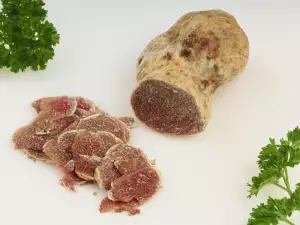
White Truffle /Tuber magnatum/ - This is the rarest truffle and therefore the most valuable. It grows mainly in France, Italy, Croatia, but is found in other territories too. White truffles are sizes 5-12 cm but larger specimens are not excluded. The shape is oval, with numerous indentations, the surface is slightly velvety. The interior is white or grayish-yellow with faint thin streaks. It grows in hilly areas located 600 m above sea level. Collect from late autumn to early spring.
Black Truffle /Tuber Melanosporum/ - is named after a region in France. It grows mainly in walnut and oak trees. Reaches 7 cm in diameter and weighs up to 100 g, found in Italy and Spain, but especially in France, where it is very appreciated. The black truffle is globular, sometimes with rounded protrusions. It is covered with a brownish-black crust with dense warts. The interior is gray-brown or purple-black, streaked with white, but thin marble streaks.
Black Summer Truffle /Tuber Aestivum Vitt/ - very close relative of the black truffle, but with significantly less flavor. Its flesh remains bright even after maturing.
The relatively low price and similar look to black truffles are a common cause of fraud. It is widespread in the warmer parts of Europe and is more common than black truffle. It’s collected from May to December in calcareous soils under beech trees, and in rare cases - in edible chestnut and oak trees.
Black Winter Truffle /Tuber brumale Vitt/ - usually rounded, with little bumps. Has black or very dark purple skin with tightly arranged warts. The interior is dark brown or greyish black, with wide marble stains. The size of a winter truffle is slightly larger than a hen's egg.
Found in the fall and early winter under oak and hazel trees. They are most prevalent in Central and South America. The aroma and taste are a bit stronger, but still quite nice.
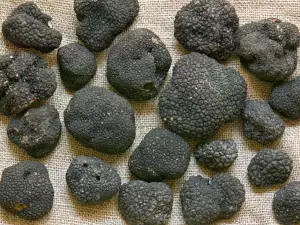
Tuber Black Truffle /Tuber mesentericum Vitt/ - oval, but not very round, with large or small dents in the base. In this section, the grooves impart a kidney-shaped. There is a black crust and its interior is gray-brown with slightly wavy streaks. The size rarely exceeds that of an egg. Not very common, grows in oak, hazel, birch and beech. It grows only in Europe.
Smooth Black Truffle /Tuber Macrosporum Vitt/ - is less known and traded infrequently, but in contrast, is highly valued. They are rounded and lumpy, with black-purple skin and small bumpy warts. Its core is a pinkish-brown with light gray streaks. There is a strong and slightly garlicky flavor. Grows under oak, or willow and is poplar within Central and Southern Europe.
Grey and White Truffle /Tuber maculatum Vitt/ - has a lower price than the white truffle, but juveniles look very much like their white counterparts, and are often confused with them.
Once ripe, they become darker. Originally, it has a light and pleasant scent, which later becomes insipid and garlic- like. It grows in coniferous and deciduous forests, from January to March.
Composition of truffles
These diamonds of the kitchen are extremely varied chemical composition. Truffles are rich in valuable vitamins B2, B6 and B12. Contain 9% protein, nitrogen, phosphorus, magnesium, potassium, sulfur, calcium carbonate, manganese, fiber and sucrose. Also contain steroids, which are similar to human hormones.
Selecting and storing truffles
By their price, you will know them, that's the only thing we can say in the selection of truffles. Only sold in specialty stores and 3.5 oz (100 grams) may cost at least 100 Euros. Their price can reach several thousand euros per kilo.
If you find precious fresh truffles, how you keep them is very important. With proper storage, you can keep these up to 1 month. The best thing is for them to be cleaned and placed in a quartz sand and then the fridge. Best place them in cans or glass jars, sealed very well. Always wash them just before use, then dry them and only then proceed to cook.
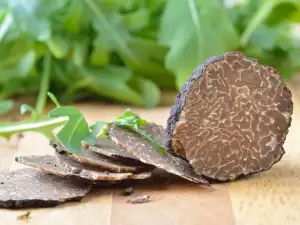
Truffles in cooking
Eating truffles has always been a symbol of elegance and wealth. Many kings, including the famous Napoleon were delighted with the taste of truffles. An extremely successful method is rapid preparation of pates with truffles, olive oil and mayonnaise or simply preserving them in hot olive oil in a sealed jar.
The taste of truffles is amazing because they can be served raw, such as Italian pastas or salads. To relieve their great flavor, grate them on already finished pasta, risotto, polenta or a plain omelet. Truffles can be eaten with meat.
The aroma of truffles can make a delicacy, out of even the most ordinary dish. Italian cuisine features classic fettuccine with truffles. Roman emperors enjoyed truffles without any additives. One of the highest rungs of the culinary arts are truffles, champagne and boiled beef broth. For this delicacy, wines such as aged white burgundy and chardonnay are most suitable.
Benefits of truffles
One of the most common claims is that truffles are a great aphrodisiac. It is believed that even Casanova took advantage of these qualities throughout his life. History tells us that the famous Avicenna truffles are recommended as a strong aphrodisiac, which increases sensitivity in men and women. Truffles contain large amounts of valuable substances, making them delicious and also very useful.
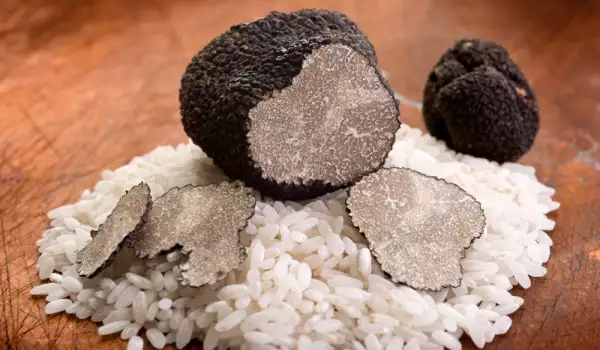
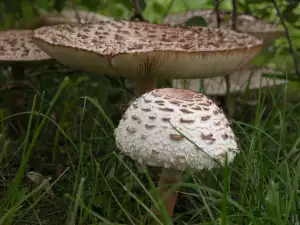
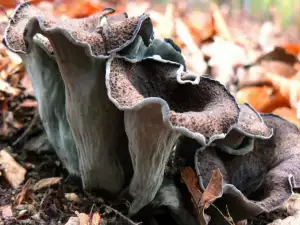
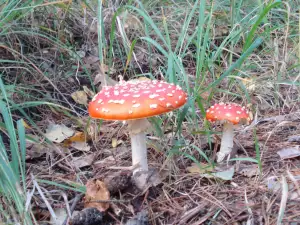
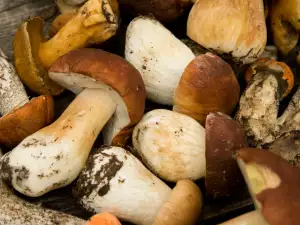
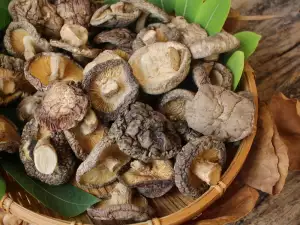
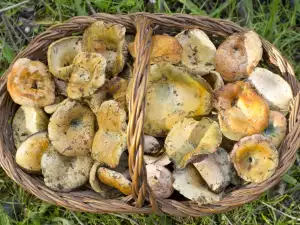
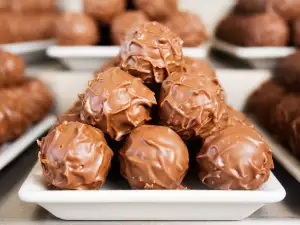
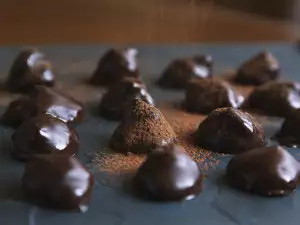

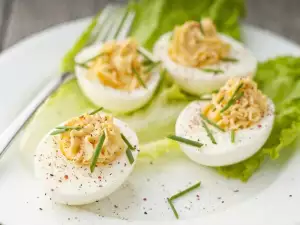
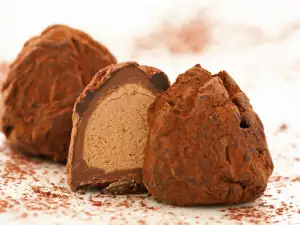
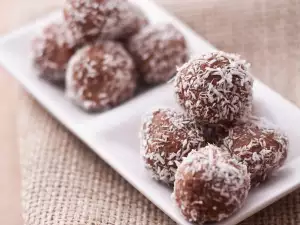
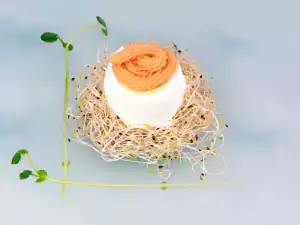
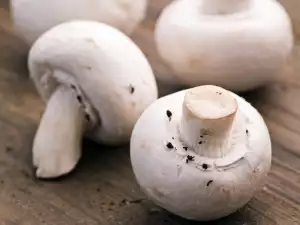




Comments